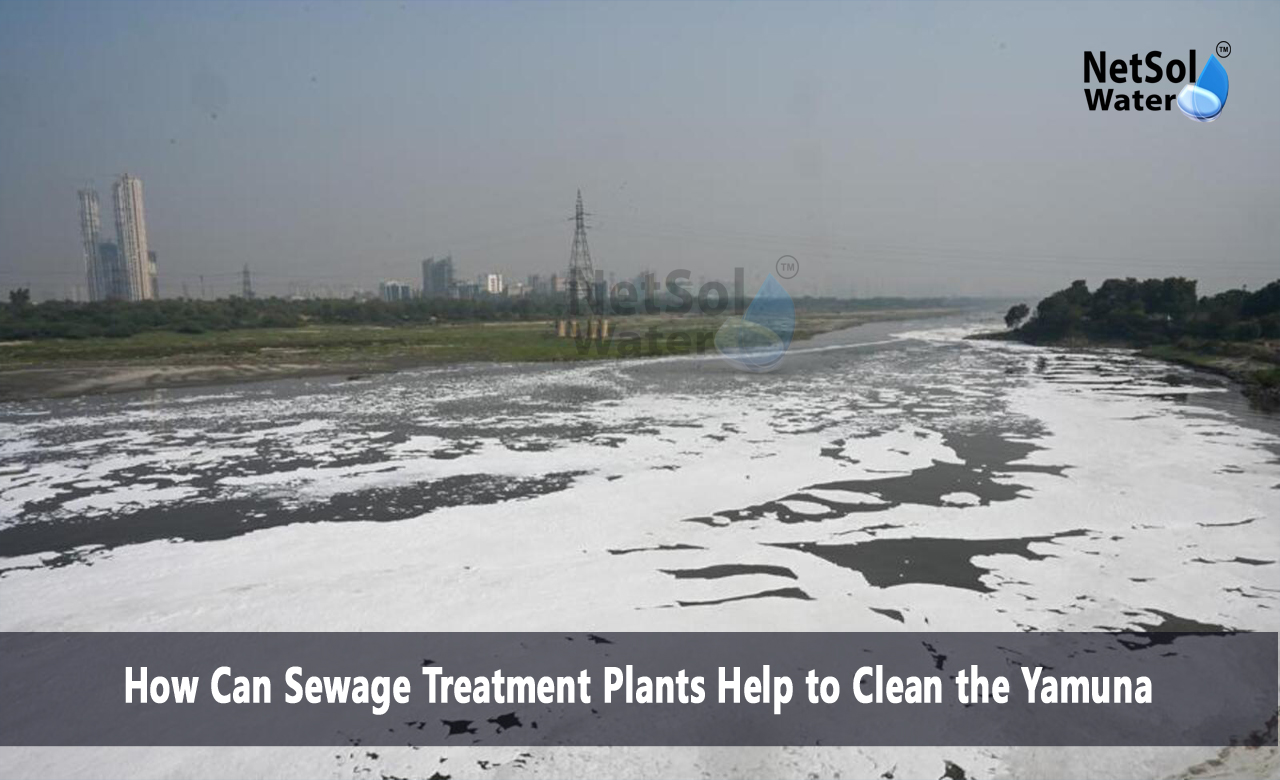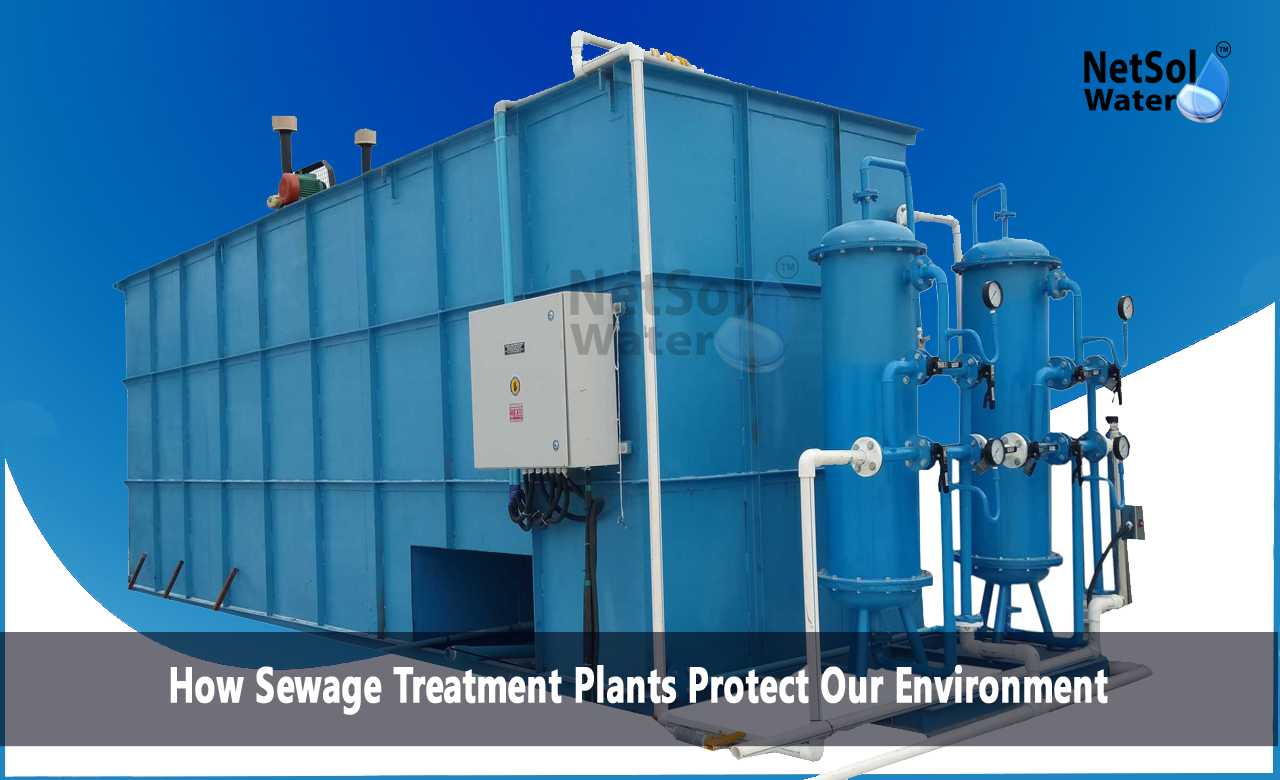How STP Plants Can Help to Clean the Yamuna?
The Yamuna River, often referred to as the lifeline of Delhi and several other northern Indian states, is one of the most polluted rivers in India. Despite its cultural and historical significance, the river has been subjected to severe contamination over the years, primarily due to untreated sewage, industrial waste, and agricultural runoff. The situation is dire, but there is hope. Sewage Treatment Plants (STPs) have emerged as a critical solution to address the pollution crisis in the Yamuna. We will explore how STPs can play a pivotal role in cleaning the Yamuna, the challenges involved, and the importance of partnering with a reliable Sewage Treatment Plant Manufacturer to ensure effective implementation.
The State of the Yamuna River
The Yamuna River spans approximately 1,376 kilometers, flowing through several states, including Uttarakhand, Himachal Pradesh, Haryana, Delhi, and Uttar Pradesh. While the river is relatively clean at its origin in the Yamunotri Glacier, it becomes heavily polluted as it passes through urban and industrial areas. Delhi alone contributes to about 80% of the total pollution load in the Yamuna.
The primary sources of pollution include:
- Untreated Sewage: A significant portion of domestic sewage from households and commercial establishments is discharged directly into the river without treatment.
- Industrial Effluents: Industries release toxic chemicals and heavy metals into the river, further degrading its water quality.
- Agricultural Runoff: Pesticides and fertilizers from agricultural fields enter the river, causing eutrophication and harming aquatic life.
- Solid Waste: Dumping of plastic and other solid waste along the riverbanks exacerbates the problem.
The cumulative effect of these pollutants has turned the Yamuna into a toxic waterbody, posing serious health risks to millions of people who depend on it for drinking water, irrigation, and other purposes.
The Role of Sewage Treatment Plants in Cleaning the Yamuna
Sewage Treatment Plants (STPs) are designed to treat wastewater from households, commercial establishments, and industries before it is discharged into water bodies like the Yamuna. By removing harmful contaminants, STPs can significantly reduce the pollution load in the river. Here’s how STPs can help:
1. Treatment of Domestic Sewage
Domestic sewage is one of the largest contributors to Yamuna’s pollution. STPs can effectively treat this sewage by removing organic matter, pathogens, and other pollutants. The treated water can then be safely discharged into the river or reused for non-potable purposes like irrigation, reducing the demand for freshwater.
2. Reduction in Biochemical Oxygen Demand (BOD)
One of the key indicators of water pollution is the Biochemical Oxygen Demand (BOD), which measures the amount of oxygen required by microorganisms to decompose organic matter in water. High BOD levels deplete oxygen in the river, harming aquatic life. STPs reduce BOD levels by breaking down organic matter, thereby improving the river’s health.
3. Removal of Harmful Pathogens
Untreated sewage contains harmful pathogens like bacteria, viruses, and parasites that can cause waterborne diseases. STPs use processes like filtration, disinfection, and biological treatment to eliminate these pathogens, making the water safer for both humans and aquatic ecosystems.
4. Recycling and Reuse of Treated Water
STPs not only treat wastewater but also enable its reuse. Treated water can be used for irrigation, industrial processes, or even replenishing groundwater. This reduces the overall demand for freshwater and minimizes the amount of wastewater discharged into the Yamuna.
5. Compliance with Environmental Regulations
By installing STPs, municipalities and industries can comply with environmental regulations and standards set by authorities like the Central Pollution Control Board (CPCB). This ensures that only treated water is released into the river, reducing its pollution load.
Challenges in Implementing STPs for Yamuna Cleaning
While STPs offer a viable solution to the Yamuna’s pollution problem, their implementation is not without challenges:
- High Capital and Operational Costs: Setting up STPs requires significant investment in infrastructure, technology, and skilled manpower. Operational costs, including energy consumption and maintenance, can also be high.
- Land Availability: Finding suitable land for constructing STPs in densely populated urban areas like Delhi is a major challenge.
- Aging Infrastructure: Many existing STPs are outdated and operate below their capacity, reducing their effectiveness.
- Lack of Public Awareness: Public awareness about the importance of wastewater treatment and the role of STPs is often limited, leading to resistance or indifference.
- Illegal Discharge of Untreated Sewage: Despite the presence of STPs, untreated sewage often finds its way into the river through illegal connections and overflowing drains.
The Importance of Choosing the Right Sewage Treatment Plant Manufacturer
The success of any STP project depends largely on the quality of the technology and equipment used. This is where partnering with a reliable Sewage Treatment Plant Manufacturer becomes crucial. Here’s why:
- Customized Solutions: A reputable manufacturer will design STPs tailored to the specific needs of the project, considering factors like the volume of wastewater, type of pollutants, and available space.
- Advanced Technology: Leading manufacturers use cutting-edge technologies like Membrane Bioreactors (MBRs), Sequential Batch Reactors (SBRs), and Advanced Oxidation Processes (AOPs) to ensure efficient and effective treatment.
- Compliance with Standards: A trusted manufacturer will ensure that the STP complies with all environmental regulations and standards, minimizing the risk of legal issues.
- After-Sales Support: Reliable manufacturers provide comprehensive after-sales support, including maintenance, repairs, and operator training, ensuring the long-term success of the STP.
- Sustainability: Many manufacturers now focus on eco-friendly solutions, such as energy-efficient STPs and those that use renewable energy sources, contributing to overall sustainability.
Case Studies: Successful STP Projects
Several STP projects have already demonstrated their potential to clean the Yamuna:
- Delhi Jal Board’s STPs: The Delhi Jal Board has set up multiple STPs across the city, treating millions of liters of sewage daily. While challenges remain, these STPs have significantly reduced the pollution load in the Yamuna.
- Namami Gange Program: Although focused on the Ganga River, this program has also benefited the Yamuna by promoting the construction of STPs and improving wastewater management practices.
- Private Sector Initiatives: Companies like XYZ Sewage Treatment Plant Manufacturer have partnered with municipalities and industries to install state-of-the-art STPs, showcasing the potential of public-private partnerships.
The Way Forward
Cleaning the Yamuna is a complex and long-term endeavor that requires a multi-pronged approach. While STPs are a critical component, they must be complemented by other measures, such as:
- Strict Enforcement of Regulations: Authorities must crack down on illegal discharge of untreated sewage and industrial effluents.
- Public Awareness Campaigns: Educating the public about the importance of wastewater treatment and the role of STPs can foster community support.
- Riverfront Development: Developing the Yamuna’s riverfront with green spaces, wetlands, and recreational areas can help restore its ecological balance.
- Integrated Water Management: Adopting an integrated approach to water management, including rainwater harvesting and groundwater recharge, can reduce the pressure on the Yamuna.
Conclusion
The Yamuna River is not just a waterbody; it is a symbol of India’s rich cultural heritage and a vital resource for millions of people. Cleaning the Yamuna is not an option but a necessity. Sewage Treatment Plants, when designed and implemented effectively, can play a transformative role in reducing pollution and restoring the river’s health. However, this requires collaboration between governments, industries, and communities, as well as the expertise of a reliable Sewage Treatment Plant Manufacturers.
By investing in advanced STPs, adopting sustainable practices, and raising public awareness, we can give the Yamuna a new lease on life. The journey to a cleaner Yamuna is challenging, but with determination and the right solutions, it is achievable. Let us join hands to protect and preserve this precious river for future generations.







